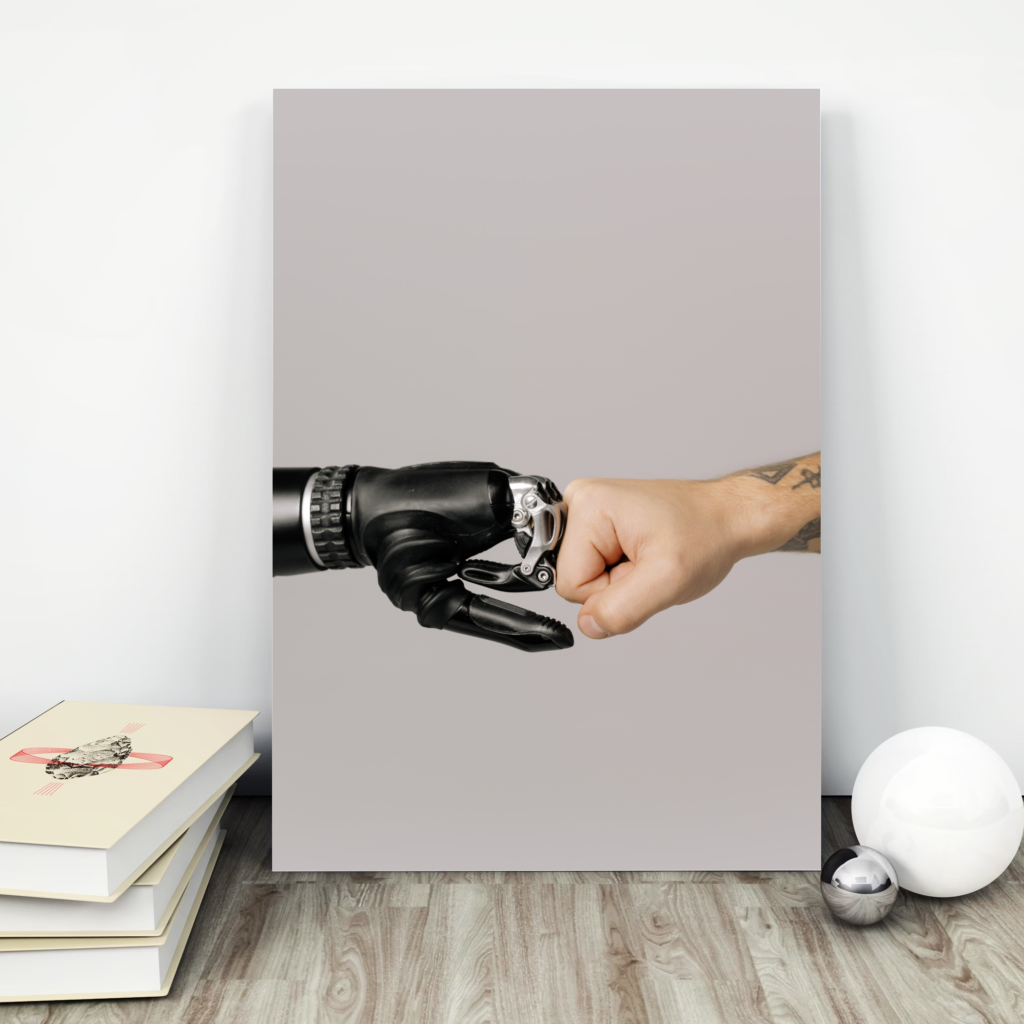
We will explore the world of prosthetic control and discuss two cutting-edge technologies: surface electrodes and implantable myoelectric sensors. Join me as we uncover the possibilities, challenges, and future of optimizing prosthetic control. Get ready for an engaging and thought-provoking journey!
Introduction to Surface Electrodes and Implantable Myoelectric Sensors
A world where prosthetic control is seamless, intuitive, and natural. A world where individuals can effortlessly manipulate their artificial limbs as if they were extensions of their own bodies. Surface electrodes and implantable myoelectric sensors hold immense promise in revolutionizing prosthetic control.
Surface electrodes, known for their non-invasive nature, capture electrical signals from the skin’s surface, enabling users to initiate movements and perform actions with their prostheses. On the other hand, implantable myoelectric sensors provide a more direct and precise connection to the user’s muscles, offering enhanced control and functionality.
Technical Aspects and Advantages
Optimizing prosthetic control comes with its fair share of challenges. We’ll navigate through the technical complexities, such as signal accuracy, adaptability, and user comfort. Additionally, we’ll explore the importance of personalized fitting and the integration of these technologies into users’ daily lives
Surface electrodes have been widely used due to their non-invasive nature. They capture surface-level electrical signals, allowing users to initiate movements and control their prostheses. However, limitations such as signal noise and the need for proper electrode placement exist.
Implantable myoelectric sensors offer a more direct connection to the user’s muscles, enabling precise control and minimizing signal interference. However, they require invasive surgery and have limitations like a limited number of muscles for implantation, limited battery life, risk of infection, and higher costs.
The Human Element and Impact on Lives
Beyond the technological aspects, we must consider the human element—the impact of prosthetic control on individuals’ lives. Optimized prosthetic control is transformative, enhancing overall independence, self-confidence, and engagement in activities individuals love. It allows them to reach their full potential and live life to the fullest.
Other Prosthetic Control Options
In addition to surface electrodes and implantable myoelectric sensors, there are several other options for prosthetic control. Targeted Muscle Reinnervation (TMR) involves using implantable myoelectric sensors as part of various projects.
Mechanomyogram (MMG) sensors monitor mechanical signals generated by muscle contractions. Magnetomicrometry (MM) promises precise and intuitive control over bionic limbs.
Advancements and Future Developments
The field of prosthetics is constantly evolving, with researchers continuously working on improving functionality and usability. Advancements in electrode design, signal processing algorithms, and sensor integration have enhanced the accuracy and reliability of surface electrodes.
Ongoing research focuses on developing minimally invasive procedures, improving long-term stability, and reducing complications for implantable myoelectric sensors. Machine learning and artificial intelligence show great potential for further optimizing prosthetic control.
Conclusion
Optimizing prosthetic control goes beyond technology and research—it requires empathy, collaboration, and a supportive community. Let’s advocate for advancements in prosthetic control to ensure everyone has access to technologies that can optimize their capabilities and enhance their quality of life.
Together, we can make a difference and create a future where optimized prosthetic control is the norm.
Referances:
- https://bionicsforeveryone.com/implantable-myoelectric-sensors/?s=09
- https://en.wikipedia.org/wiki/Implantable_myoelectric_sensors
- https://www.ncbi.nlm.nih.gov/pmc/articles/PMC6868792/
- https://www.frontiersin.org/articles/10.3389/fnbot.2018.00058/full
- https://link.springer.com/chapter/10.1007/978-3-030-60746-3_14
- Photo by cottonbro studio: https://www.pexels.com/photo/close-up-shot-of-fist-bump-6153344/
Pretty! This was an incredibly wonderful article. Thank you for providing this info.
Awesome page with genuinely good material for readers wanting to gain some useful insights on that topic!
Pretty part of content. I just stumbled upon your site and in accession capital to assert that I get in fact loved account your blog posts. Any way I’ll be subscribing on your feeds or even I success you access constantly quickly.